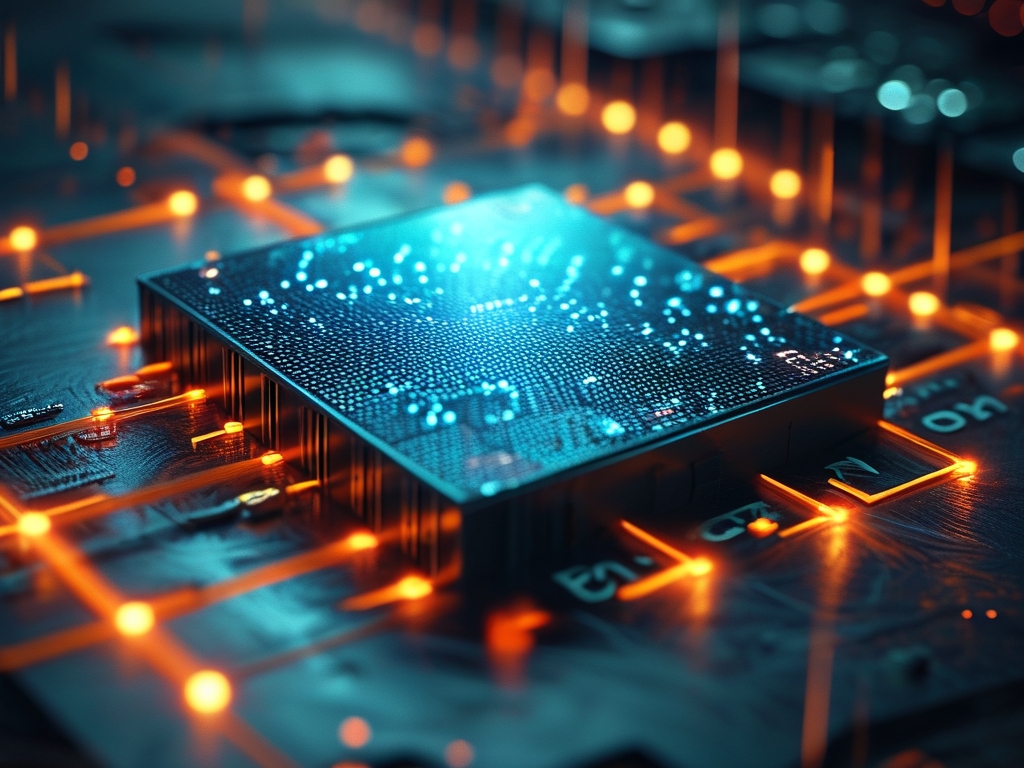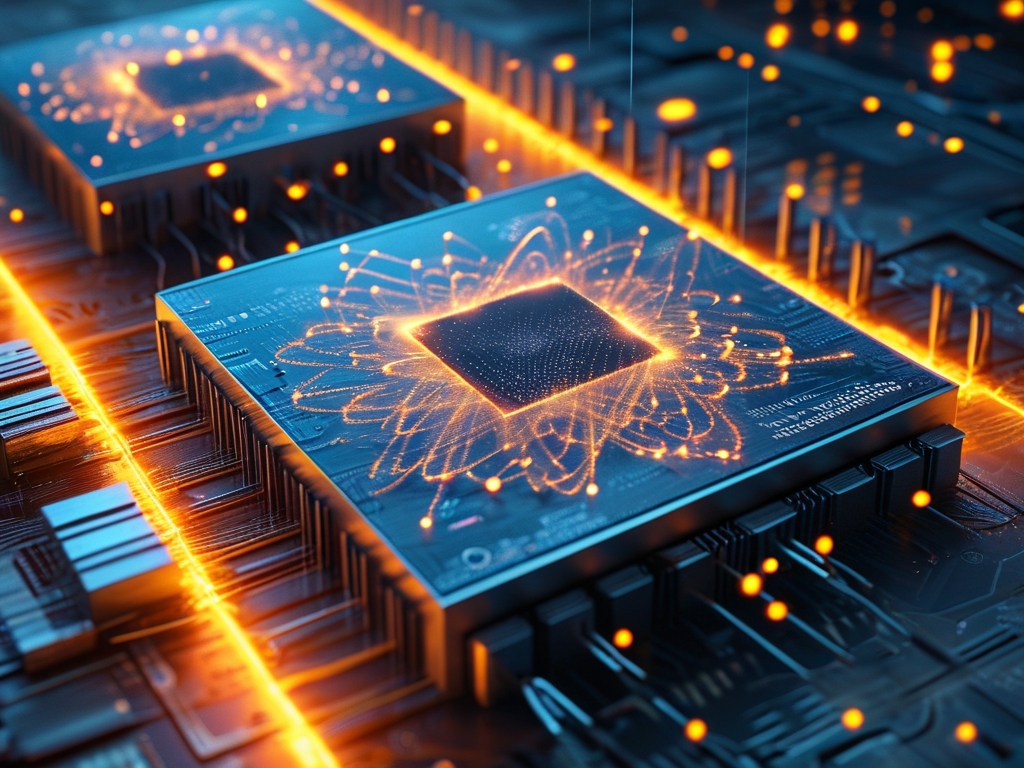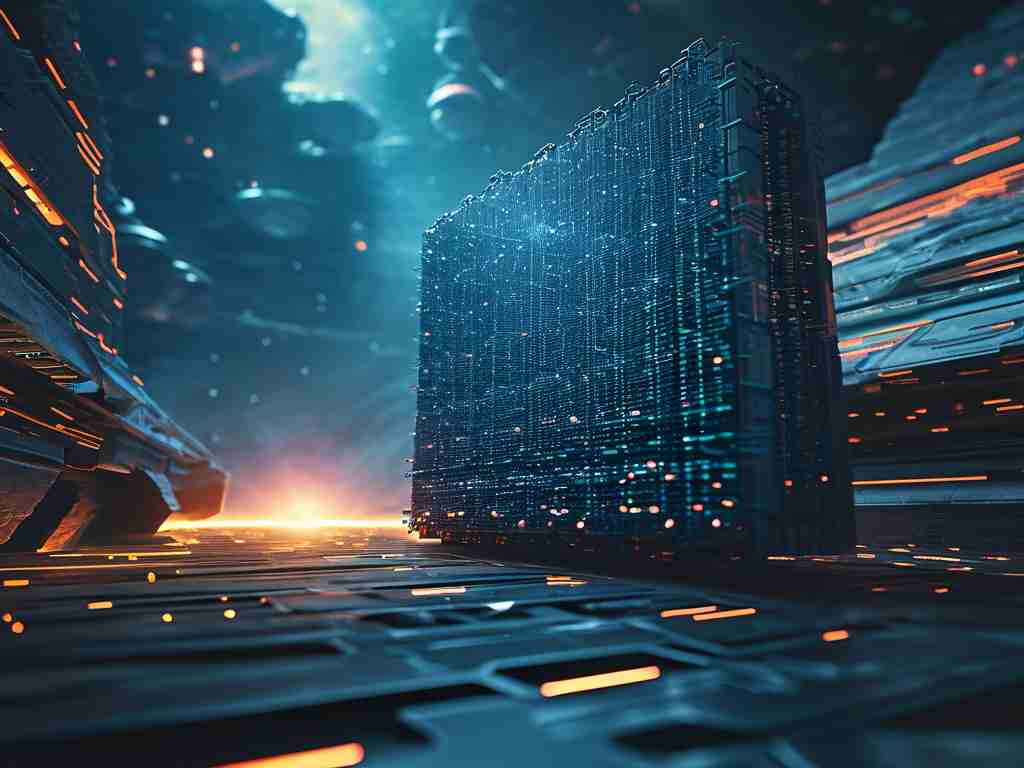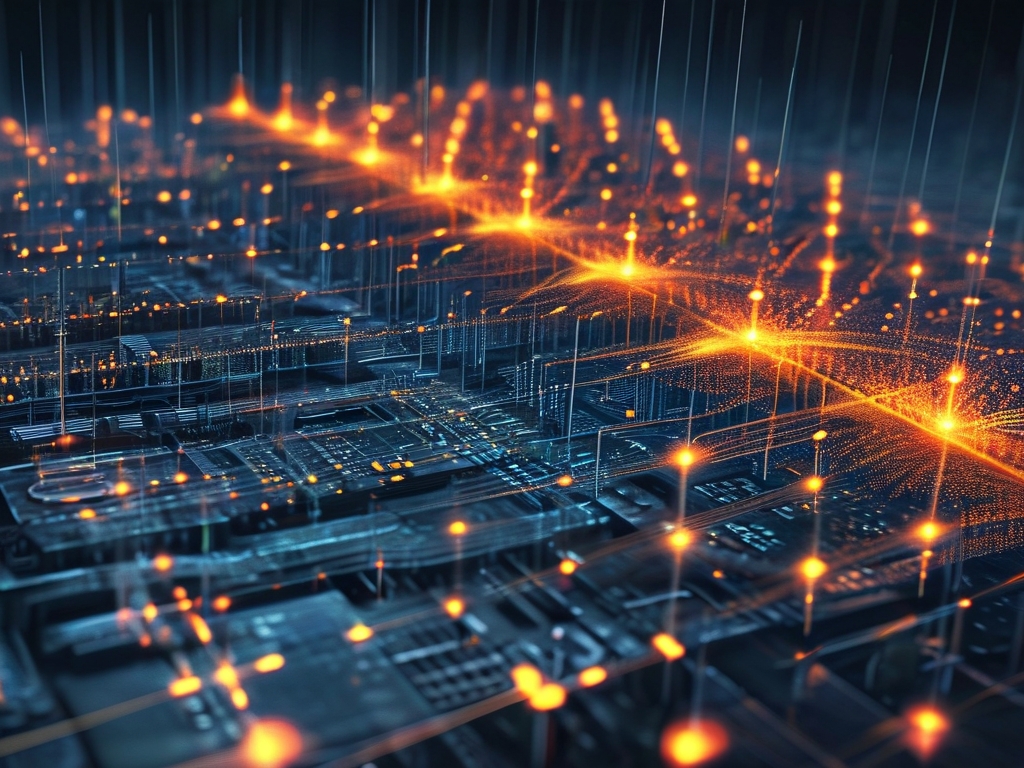Quantum computing has emerged as a revolutionary field with the potential to solve problems that classical computers cannot tackle efficiently. At the heart of this technology lies quantum memory, a critical component responsible for storing and manipulating quantum information. Unlike classical memory, which relies on binary bits (0s and 1s), quantum memory operates using quantum bits (qubits) that exploit the principles of quantum mechanics. This article explores the foundational principles of quantum computing memory, its mechanisms, challenges, and future prospects.
1. The Basics of Quantum Memory
Quantum memory is designed to store and retrieve quantum states, which are fragile and prone to decoherence. Classical memory stores data as electrical voltages in transistors, but quantum memory leverages the unique properties of qubits:
- Superposition: A qubit can exist in a superposition of states, simultaneously representing 0 and 1. This enables quantum parallelism, where computations are performed on multiple states at once.
- Entanglement: Qubits can become entangled, meaning their states are correlated regardless of distance. This property is crucial for quantum communication and error correction.
To preserve these states, quantum memory must isolate qubits from environmental noise-a significant technical challenge.
2. How Quantum Memory Works
Quantum memory systems vary in design, but most rely on the following principles:
Physical Qubit Implementations
Qubits are realized using physical systems such as:

- Superconducting circuits: Used by companies like IBM and Google, these circuits operate at near-absolute-zero temperatures to maintain coherence.
- Trapped ions: Electrically charged atoms are suspended in electromagnetic fields, with their internal states encoding quantum information.
- Photonic qubits: Photons (light particles) carry quantum information over long distances, ideal for quantum communication.
Storage Mechanisms
Quantum memory stores information by mapping the state of a "flying qubit" (e.g., a photon) onto a "stationary qubit" (e.g., an atom or crystal lattice). Techniques include:
- Electromagnetically Induced Transparency (EIT): Laser-controlled atomic ensembles temporarily trap and release photon states.
- Quantum Frequency Conversion: Photon wavelengths are adjusted to match the storage medium's resonance frequency.
- Spin-based Systems: Electron or nuclear spins in solid-state materials (e.g., diamonds with nitrogen-vacancy centers) retain quantum states for extended periods.
3. Challenges in Quantum Memory Development
Building reliable quantum memory faces several hurdles:

- Decoherence: Quantum states degrade due to interactions with the environment. Solutions include error-correcting codes and cryogenic cooling.
- Scalability: Current systems handle only a few qubits. Scaling to thousands of qubits requires breakthroughs in materials and control systems.
- Measurement and Readout: Extracting information from qubits without collapsing their state remains a delicate process.
4. Applications of Quantum Memory
Quantum memory is essential for advancing technologies such as:
- Quantum Networks: Enabling secure communication via quantum key distribution (QKD).
- Quantum Repeaters: Extending the range of quantum communication by mitigating signal loss.
- Quantum Computing: Providing temporary storage for intermediate results during complex algorithms.
5. Future Directions
Researchers are exploring hybrid systems that combine multiple qubit types (e.g., photons and atoms) to optimize storage times and fidelity. Innovations in error correction, such as surface codes, aim to make quantum memory more robust. Additionally, advancements in photonic integrated circuits could miniaturize quantum memory for practical deployment.
Quantum computing memory represents a paradigm shift in how information is stored and processed. By harnessing superposition and entanglement, it unlocks unprecedented computational power. While significant challenges remain, ongoing research promises to overcome these barriers, paving the way for a new era of quantum-enabled technologies. As the field progresses, quantum memory will play a pivotal role in realizing the full potential of quantum computing.





